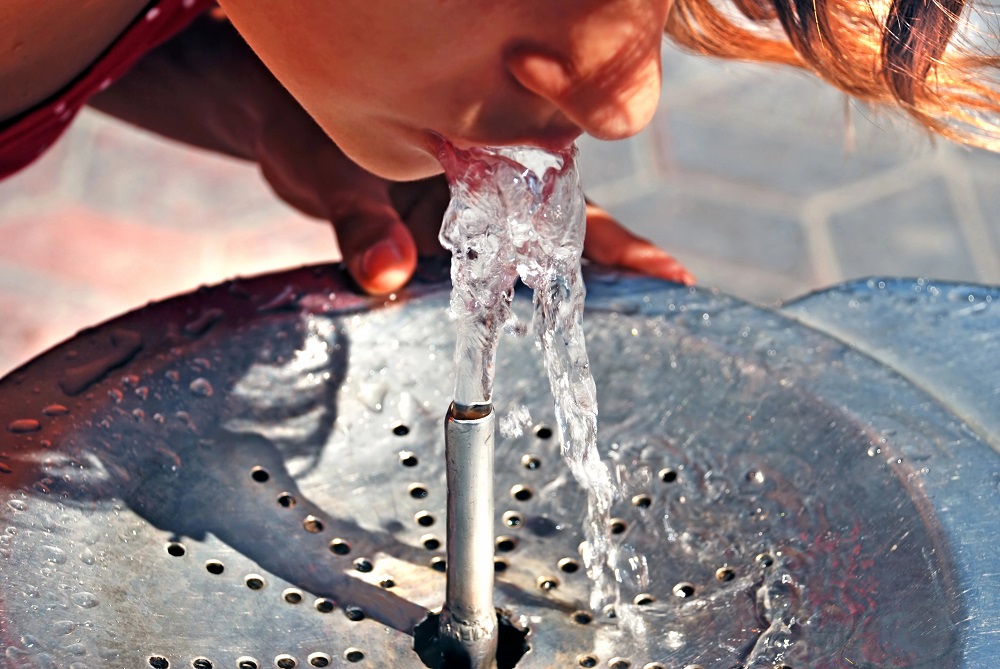Risk management can feel a bit like a circus show at times. There seems to be a constant series of hoops to jump through and balls to juggle, with the goals constantly shifting location. The end result is frequently one of frustration and, in some cases, resignation.
While there are some areas of risk management that are slightly less vital, there are others, such as water safety, that require your care and attention at all times – perhaps especially so for larger organisations like the NHS.
Here, we explore what will be a core element of most approaches to water safety – the water safety plan – illustrating both what it is and why, in most cases, you will absolutely need one.
Water safety plan
The water safety plan is the overarching structure that will inform your approach to water safety. Loosely defined by the Department of Health in 2016 in their HTM 04-01 publication, a water safety plan is difficult to tie down.
This looseness of definition is twofold: one, the plan is designed to be able to fit as many different organisations as possible, and two, it’s supposed to be a fluid arrangement that’s constantly evolving.
Initial steps
The initial stages of a water safety plan entail a very general assessment of your organisation, with the aim of understanding what water risks you’re working with.
This will involve extensive testing and risk assessment, looking for areas that might have been overlooked in the past. As these risks become further defined, the processes that will be necessary to mitigate them will start to become clearer.
These can be outlined and documented, with any additional changes that are required to be made.
WSG
Another core element that goes into creating a water safety plan is the development of a water safety group (WSG).
This will involve assigning responsibility to certain individuals for certain tasks, with roles including a Responsible Person, a Deputy Responsible Person, and an Authorised engineer.
Some of these individuals will come from inside the organisation in question, while others will likely come from outside.
Do I need one?
Now you know a little more about what a water safety plan is, you’ll likely be wondering if you actually need one. If you run an organisation that operates out of a building or another kind of premises, whether that’s an office building or a school, then the answer is likely a resounding ‘yes’.
While technically not always a de jure legal requirement, it is one de facto. It is practically impossible to carry out your legal duties – to provide safe access to clean drinking water – without the use of a water safety plan.
You would need to invent your own compliant means of assigning responsibility and organising assessment documentation. In the case of an incident, the lack of a standardised water safety plan would likely be detrimental from a legal point of view as well.
Water safety plans can be highly complex, and in most cases, you’ll require assistance from a water hygiene specialist in order to create yours. Make sure you get it taken care of early on, so that you’re not left vulnerable to unnecessary water-related risks.

